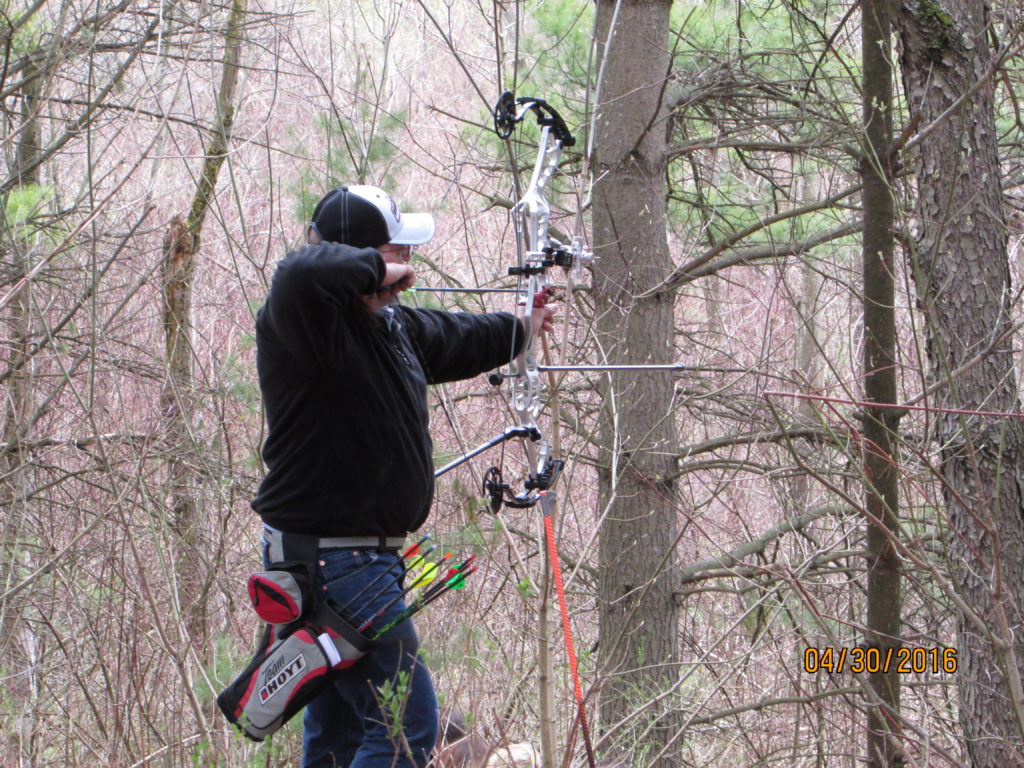FOR IMMEDIATE RELEASE: Aug. 28, 2023
Contact: Lt. Michael Weber, DNR Hunter Education Administrator
Michael.Weber@wisconsin.gov
Time To Brush Up On Tree Stand Safety
To avoid accidents and ensure a safe outing, always be mindful of the basic rules of tree stand safety before and during every hunt. / Photo Credit: Council to Advance Hunting and the Shooting Sports
MADISON, Wis. – The Wisconsin Department of Natural Resources (DNR) reminds hunters to take proper precautions and follow all safety best practices before climbing into a tree stand this fall.
Surveys indicate one-quarter of Wisconsin bowhunters have experienced a fall or near-fall from an elevated stand in the past. Additionally, research has shown that risky tree stand climbing behavior becomes more likely to catch up to hunters the longer they hunt.
To avoid accidents and ensure a safe outing, always be mindful of the basic rules of tree stand safety before and during every hunt:
- Regardless of the type of tree stand used, always wear a full-body harness, also known as a fall-arrest system, that meets current industry standards.
- Connect the harness to the tether line and keep the tether line short. The tether is designed to keep the wearer in the seat and not catch them after falling.
- Always keep three points of contact while climbing into and out of the tree stand. This means always keeping two hands and one foot or two feet and one hand in contact with the stand or ground.
- Always use a haul line to raise and lower unloaded firearms or bow into and out of the stand. Hunters can also use the haul for other things like a heavy backpack.
- Use a lifeline when climbing up and down; this keeps wearers connected from when they leave the ground to when they get back down.
- Before heading out, tell someone where you’ll be hunting and when you expect to return.
- Carry a cell phone to call for help if anyone becomes injured after a fall.
Beyond following these basic rules, hunters should always select a substantial and solid tree that can support their weight and is free from any dead limbs above them. Hunters should also inspect their equipment before each use, ensuring all lines are intact, their harness fits and that the harness is absent of snags and tears. Additionally, hunters should thoroughly inspect their stand for missing components or broken features before climbing.
Hunters can also participate in the Tree Stand Manufacturers Association Safety Course. This free and interactive course takes just 15 minutes to complete yet contains valuable information that could save your life.
To learn more about tree stand safety rules and best practices, visit the DNR’s webpage. |
